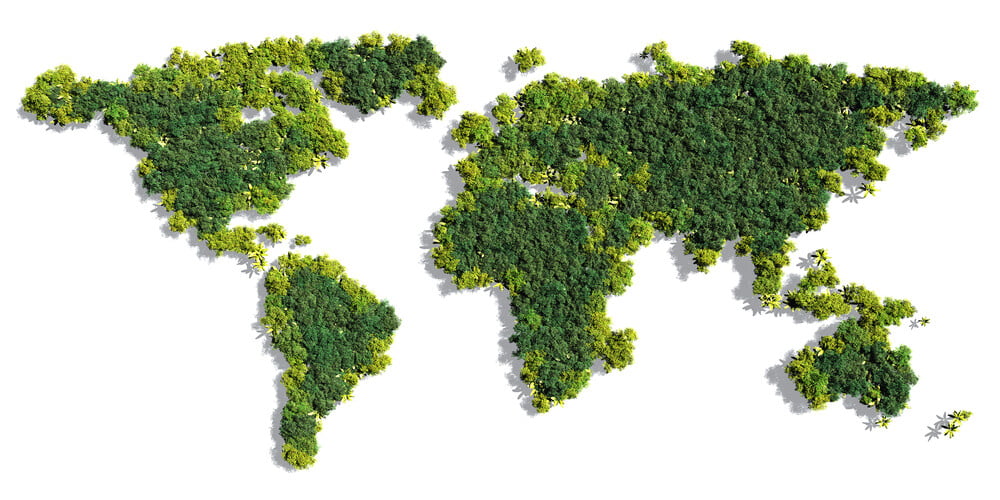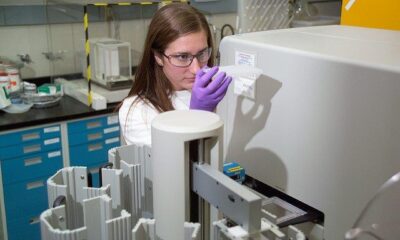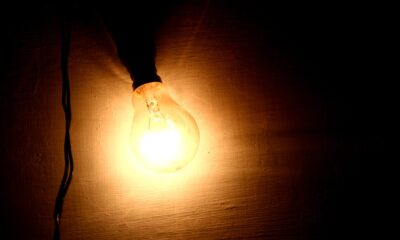

Editors Choice
New Technology Changes the Future of Environmental Mapping in the 21st Century
Are you working on a major environmental project? New GIS and other digitized technology can be very important.
Some examples of ways that mapping software is useful are:
- You might be working with an environmental professor trying to identify protected species.
- You might be designing road systems with a civil engineer and need to find driving routes that leave the lowest carbon footprint.
- You are trying to build new facilities that won’t infringe on protected plants and animals in the local ecosystem.
- You want to create a map of the best countries for green cars.
- You are trying to identify heatmaps of major environmental disasters, such as fires.
New environmental mapping technology is important for all of these tasks.
Environmental Mapping Technology is Crucial for Many Environmental Projects
Most of the information we have, in any area of our life, is georeferenced. In other words, this information has a geographical position and related valuable information. Thanks to the development of GIS and other mapping technology, new systems and tools have emerged that allow us to use and exploit this information to create more reliable environmental maps.
Environmental mapping systems technology has become so important in recent years. Environmental mapping systems allow us to integrate and draw associations between large environmental datasets, which have a spatial reference, thus facilitating decision making and get a better understanding of geographic areas more effectively. They have been used for a variety of environmental applications, such as identifying areas with the most pollution.
A Geographic Information System is a system composed of five fundamental pieces: data, technology, analysis, visualization and organizational factors. Each of them plays a key role in developing environmental maps, which can be important for a variety of reasons.
There are other tools and technologies that may resemble environmental mapping systems, but in reality, do not share with them their ability to integrate under a single system a large number of elements and disciplines, this being the real difference that makes environmental mapping systems stand out from other tools.
What are environmental mapping systems used for?
An environmental mapping system can perform the following actions:
- Reading, editing, storage and management of spatial data for environmental projects.
- Analysis of this data, from simple queries to the development of complex models.
- Representation of results such as maps, report and graphs.
The differential value of environmental mapping systems is the exhaustive and in-depth analysis of the territory in the most diverse areas, in addition to the possibility of presenting the results in the form of maps or viewers.
Through the representation of geographical data, environmental applications can help identify and define environmental problems, since the visual exploration of data is key in the formulation of geographical issues.
In the same way, through the superposition of layers and the visualization of such superposition, questions related to the association between different spatial variables can be dealt with by using the most up-to-date environmental mapping technology.
In summary, the use of this type of systems facilitates the visualization of the data obtained in a map to reflect and relate geographic phenomena of any type, from road maps to systems for identifying agricultural territories or population density. Also, they allow queries to be made and results to be represented on the web and mobile devices in an agile and intuitive way, to solve complex planning and management problems, making environmental mapping systems tools invaluable in decision making.
Real cases of environmental mapping systems
The best way to understand the potential of this technology is through real cases of use. Knowing what can be done, an entrepreneur should evaluate the possibilities that an environmental mapping system offers for his own business, adapting and customizing the application of the system to his specific activity.
There are many reasons that environmental mapping technology could be very important. Some of these applications include the following:
- Creating roads that require the least travel distance, so that drivers can leave a lower carbon footprint during their trips.
- Making sure that new projects don’t cause damage to an ecological space and protect local wildlife, such as a lake that hosts an endangered species.
- Finding the best places to create manmade ecosystems where certain protected species are most likely to thrive.
You need to do your due diligence when working on any environmental project. These types of projects will work best when you are using the latest environmental mapping and GIS technology.


 Environment10 months ago
Environment10 months agoAre Polymer Banknotes: an Eco-Friendly Trend or a Groundswell?

 Environment11 months ago
Environment11 months agoEco-Friendly Home Improvements: Top 7 Upgrades for 2025

 Features9 months ago
Features9 months agoEco-Friendly Cryptocurrencies: Sustainable Investment Choices

 Features10 months ago
Features10 months agoEco-Friendly Crypto Traders Must Find the Right Exchange



























